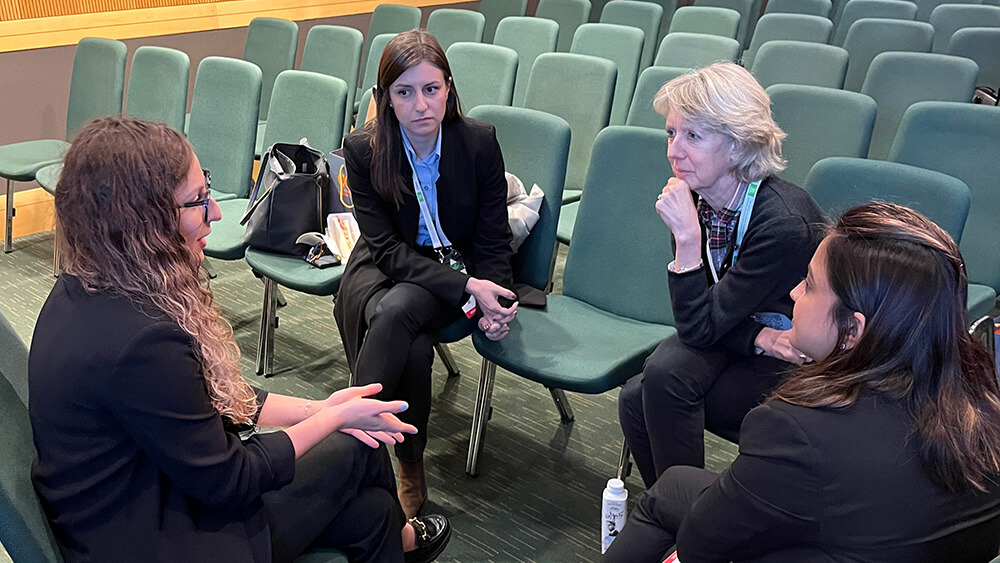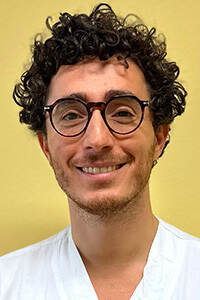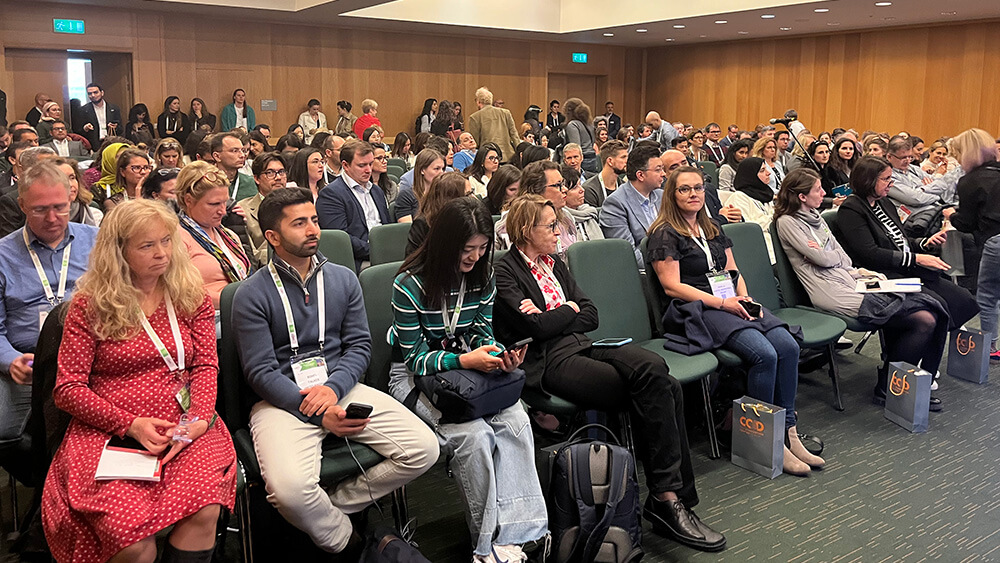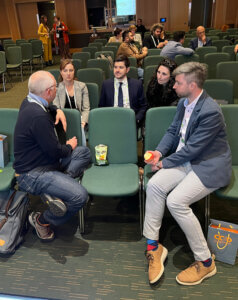
The Association for European Paediatric and Congenital Cardiology (AEPC) includes a number of opportunities at its annual meeting for junior physician members to meet with senior doctors.
Early in his medical career, Domenico Sirico struggled to find a mentor in the field of interventional cardiology — until he attended the 2018 Annual Meeting of the Association for European Paediatric and Congenital Cardiology (AEPC). Today, Sirico, a paediatric and adult congenital interventional cardiologist at the Paediatric Cardiology Unit of Padova University Hospital in Padua, Italy, attributes much of his success to the critical connections he made with senior-level specialists at AEPC’s conferences.

Domenico Sirico
He’s paying that forward by serving as a junior council member of the association’s Interventional Working Group, where he’s been in charge of organizing a popular intergenerational session at the group’s annual meeting for two years now, including most recently at AEPC’s 56th annual meeting in Dublin, Ireland, which attracted a record 1,391 attendees from 67 countries this April. Sirico said AEPC was “very keen on new initiatives to attract juniors to the meeting” after the pandemic years. “The participation of young doctors during the meeting is of paramount importance to give the association new energies and life,” he told Convene via email.
The AEPC annual meeting was organized by Kenes Group headquartered in Geneva, Switzerland. Louise Gorringe, Kenes Group’s associate vice president, association management, said she has seen other association clients also make engaging with younger generations a top priority, particularly at medical and scientific conferences.
Associations haven’t always gone about this the right way, Gorringe said. “My favorite example occurred a lot about 10 years ago,” she told Convene, when organizations “had a young representative on the board but wouldn’t give them voting rights because they were just there to see how it all works.”
Associations have to do better than that now if they want to retain or attract younger members, partly because “they don’t want the traditional ways of connecting” with professional associations, Gorringe said. “They want to give something back, but they want it on their terms.”
To respond to their clients’ desire to better engage early-career members, Kenes Group has developed initiatives to promote intergenerational collaboration. “We’re slowly shifting the needle,” she said, on how associations “interact with the different generations or career levels.”

An AEPC session organized and led by junior members at this year’s annual meeting attracted a standing-room-only audience.
Juniors Meet Seniors
The one-hour AEPC “Junior Interventionalists Meet Seniors” 2023 session brought together 20 junior-level participants and five senior-level doctors, two of whom were women, from around the world, Sirico said. Four juniors and one senior were seated together, where each junior would give a brief introduction before the senior would talk about their transition from fellowship training to practicing physician.

During a one-hour AEPC session, groups of four junior-level interventionalists meet with one senior-level physician for candid conversations and career advice.
Then each junior asked a question of the senior member and after those were answered, the senior physician offered final advice and inspiration. The session generated “enthusiastic” feedback from the early-career participants, Sirico said, and “seniors thanked me because that one-hour talk made them realize how important their role is in shaping the life of someone else.”
While the hour is formatted, Sirico said, it’s not discouraged if the conversation veers off schedule. “The great thing is that one person’s issues are probably going to be the same struggles someone else will face at some point of their career,” he said. “I think one of the best parts of the program is to learn from the experiences of the other juniors.”
The inaugural 2022 session already has had a positive impact, Sirico said, with some junior participants reporting that they found jobs or training opportunities thanks to that interaction with senior doctors. The popularity of that session also has triggered higher participation in AEPC interventional courses, he said, and sparked interest in another session organized by junior members at this year’s annual meeting — an interactive session about a rare pulmonary condition led entirely by junior interventionists attracted a standing-room-only audience.
“I think the lack of a mentor is the biggest problem” for a junior physician, Sirico said, “especially for an interventionist. Either you are lucky to find one early in.your career like I was or you are going to struggle a lot to find your way.”
Curt Wagner is digital editor of Convene.
RELATED
- How to Engage Next-Gen Members
- More about AEPC 2023
